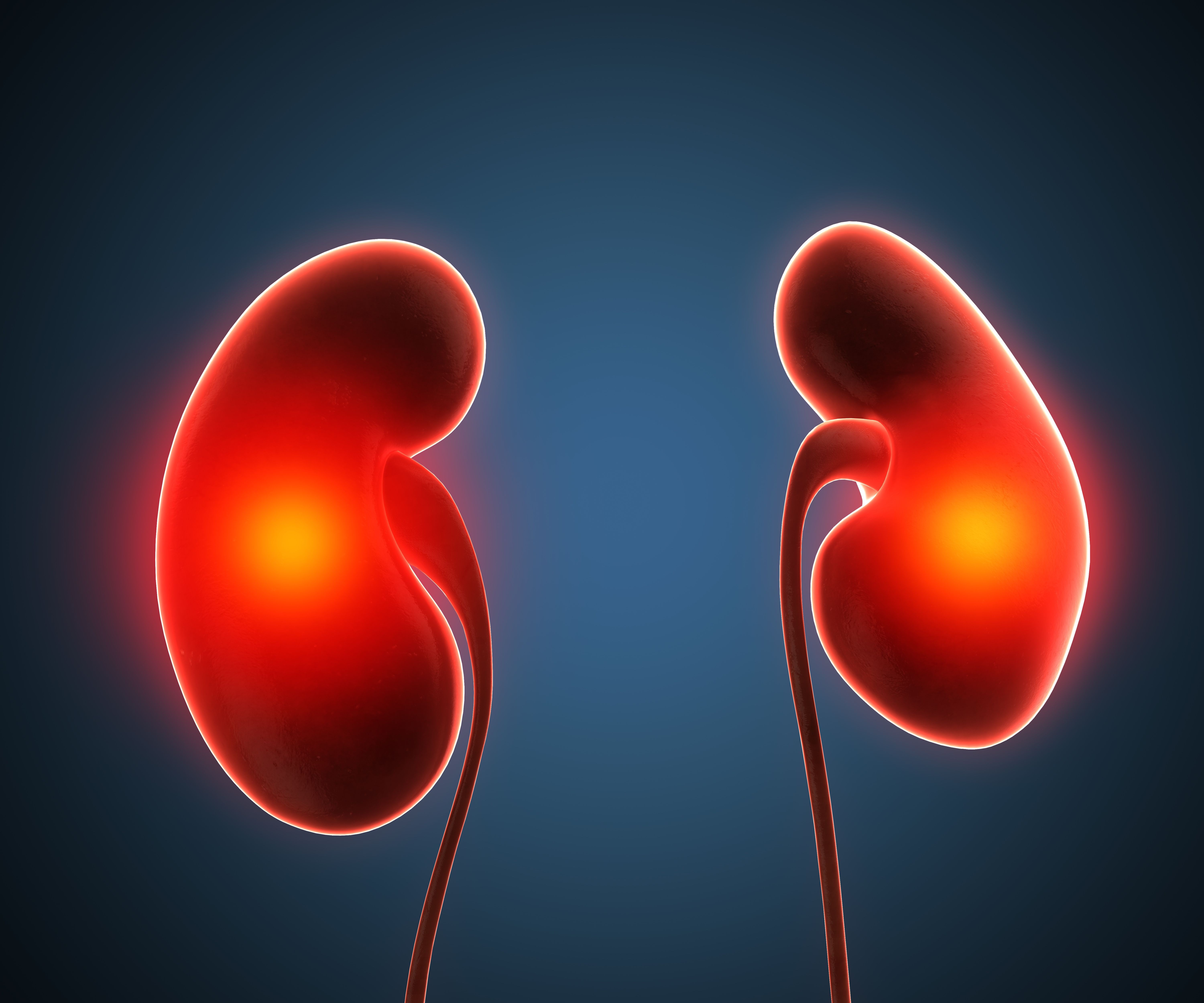News
Article
Nail Psoriasis Severity, Age at Diagnosis Predict Future Initiation of Biologic Treatment
Author(s):
In this analysis, the biggest predictors of biologic initiation among individuals with diagnoses of psoriasis were evaluated.
Credit: Pexels

General well-being, age at the time of diagnosis, and level of severity of nail psoriasis are all significant predictors of future initiation of biologic therapy among patients with psoriasis, according to recent findings.1
The team that reached these conclusions had sought to identify biologic treatment initiation predictors among individuals with psoriasis, comparing those initiating biologic therapy early versus late over the course of their disease. The new research was led by Emilia Linnemann of Bronx High School of Science in New York.
The research team noted that biologics are typically given to those with moderate-to-severe psoriasis, and this is especially true among those failing non-biologic systemics. This often occurs multiple years following a patient’s diagnosis.2
“This study aimed to identify predictors of first-time biologic treatment initiation and characterize patients starting biologics early versus late in the course of the disease,” Linnemann and colleagues wrote. “This knowledge may assist medical professionals in deciding the best course of treatment at the individual level, especially in becoming more aware of specific groups of patients at risk of undertreatment if initiation of biologics is delayed.”1
Background and Design
The research team’s collection of data occurred across 5 university hospitals found in such cities as Lausanne, Basel, Zurich, Bern, and Geneva, in addition to 3 tertiary hospitals located within St. Gallen, Bellinzona, and Aarau. Their collection involved a total of 932 participants, taking place from 2011 - 2022.
The investigators implemented data which had been drawn from the Swiss Dermatology Network for Targeted Therapies (SDNTT), a registry which included individuals who initiated treatment using a specific biologic or non-biologic targeted medication for psoriasis that had not been previously implemented.
They aimed their research exclusively at subjects who were found to be bio-naïve. Regularly scheduled dermatologist appointments began at the point of baseline, then at the 3-month mark, the 6-month mark, the 1-year mark, and continuing at 6-month intervals.
That which was collected by the team at the time of these meetings had been part of standard clinical practice. Treatment details were collected by the investigators, such as the utilization of non-biologic systemic therapies, biologics, topical therapies, and phototherapy.
Patient-specific data at each meeting were also assessed, including subjects’ Body Surface Area (BSA), Psoriasis Area and Severity Index (PASI), Dermatology Life Quality Index (DLQI), sex, age at the time of diagnosis, Body Mass Index (BMI), nail involvement, age during initial visit, weight, and their physical well-being (EQ-5D).
In the investigators’ survival analysis, they included adults who had been bio-naïve and reported at least a single follow-up meeting.
Main Predictors
The 233-patient primary analysis conducted by the investigators and their Cox regression showed that a set of factors had been significantly linked to the time it took for individuals to begin treatment with biologics. The factors included participants’ overall physical health (P = .02), the age at the time of diagnosis (P = .007), and the reported severity of nail psoriasis (P = .02).
In their secondary analysis, the research team compared subjects who had initiated biologics early in the course of their disease with those who initiated later, with 378 participants assessed in total.
The team reported that the median age was 34.5 years (IQR 25.0–51.2) for subjects who initiated biologics within 5 years of their skin condition’s diagnosis. Conversely, it was 22.0 years (IQR 15.0–32.8) for individuals who began biologics following 5 years (P < .0001).
The investigators also concluded that the median age at the time of participants’ beginning biologic therapy was 37.0 years (IQR 27.0–53.2) for those in the earlier cohort, versus 45.0 years (IQR 36.0–55.0) for subjects who began later (P = .04). They also detailed some of the study’s potential limitations.
“The data was almost complete, with few missing items,” they wrote. “Visits to dermatologists mostly follow a regular schedule, and many variables are therefore collected regularly. However, the number of patients initiating biologics during follow-up was small. The distribution of initiated biologics reflects drug availability and applicable treatment guidelines and will likely change with time.”
References
- Linnemann E, Nielsen ML, Maul JT, et al. Predictors of initiating biologics in the treatment of psoriasis. Int J Dermatol. https://doi.org/10.1111/ijd.17409.
- Nast A, Smith C, Boonen H, et al. EuroGuiDerm guideline on the systemic treatment of psoriasis vulgaris—part 1: treatment and monitoring recommendations. J Eur Acad Dermatol Venereol. 2020; 34: 2461–2498.





